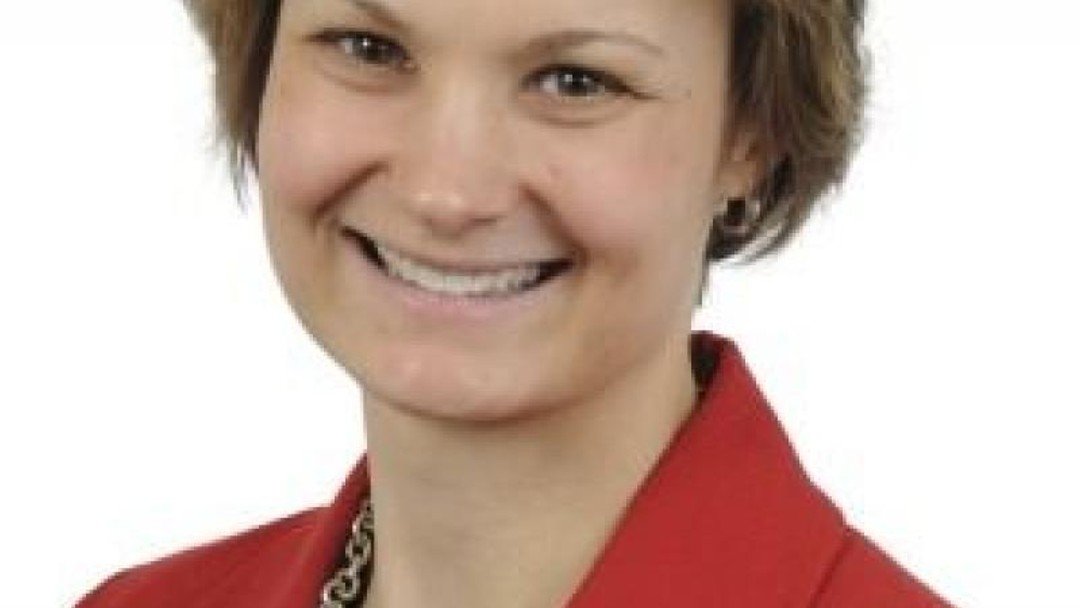A bridge too far?

A deed of variation is a means of redirecting an inheritance so that an oversight can be amended; it is not a tax evasion tool
The 2015 budget contained an interesting announcement for private client practitioners; a review of the use of deeds of variation. No further details were given and so we must await the outcome of the review, expected to arrive in autumn.
Following someone's death, there are two ways to refuse an inheritance; either by deed of variation or by disclaimer. A disclaimer is unsatisfactory in that it only lets you disclaim the gift and gives you no power over who gets it in your place, and so a deed of variation becomes the best way of redirecting an inheritance.
A deed of variation is simply a means of varying either the terms of a will or the intestacy rules. This can be anything from redirecting assets from a parent to a child, to including a legacy provision for charity.
The deed will invariably include provisions regarding tax and, a deed of variation does have the effect of rewriting the will to include the provision so that the gift takes effect from death.
In the instance of a parent redirecting to a child, it is not counted as a potentially exempt transfer but rather, a gift from the deceased. As such there are no concerns about surviving the gift by seven years.
The press has given deeds of variation a hard time. Newspaper articles have made much of the fact that a certain politician used a deed of variation to amend the terms of his father's will. This is a far from uncommon move following a death.
While the papers may create the impression that a deed of variation is the last word in tax evasion, it is actually an invaluable tool and one that is not just about tax avoidance or tax planning.
I recently dealt with an estate where an individual died suddenly and without warning, before signing her will. We had obtained clear instructions as to the drafting of the will, but as she had not signed the will, her estate passed under the intestacy rules.
The intestacy rules, as is often the case, did not reflect her wishes at all. Everyone concerned agreed that the right thing to do was prepare a deed of variation containing the instructions in her drafted but unsigned will. There was no tax saving to be had from this exercise, but it meant that we could still ensure the deceased's wishes would be honoured.
Another example is taking advantage of the 10
per cent to charity rules to reduce the rate at which your estate pays inheritance tax, from 40 per cent to 36 per cent.
I find clients are often reluctant to have a clause about this in their will as they are concerned they will not know the actual size of their estate at death, and so don't want to have such a clause in their will.
However when the size of the estate can be ascertained on death, it can be sensible to then do a deed of variation and take advantage of the relief.
While strictly speaking this is a means of tax avoidance, I am sure no government would complain as it is merely using the tax planning measures that are available and, giving to charity at the same time.
Without the ability to do a deed of variation, the only other option would be to make an application to the court for rectification, which is a considerably more expensive option.
At this point all we can do is speculate what proposals will be put forward by the review, but we can hope that a detailed review and full research of the benefits of deeds of variation are carried out, and no-one becomes side-tracked by press headlines.
In many cases, a deed of variation is doing nothing more than redirecting a legacy, or simply achieving what a well drafted will would have done in the first place.
Caroline Cook is a senior associate at Wedlake Bell
She writes the regular comment on inheritance in Private Client Adviser
